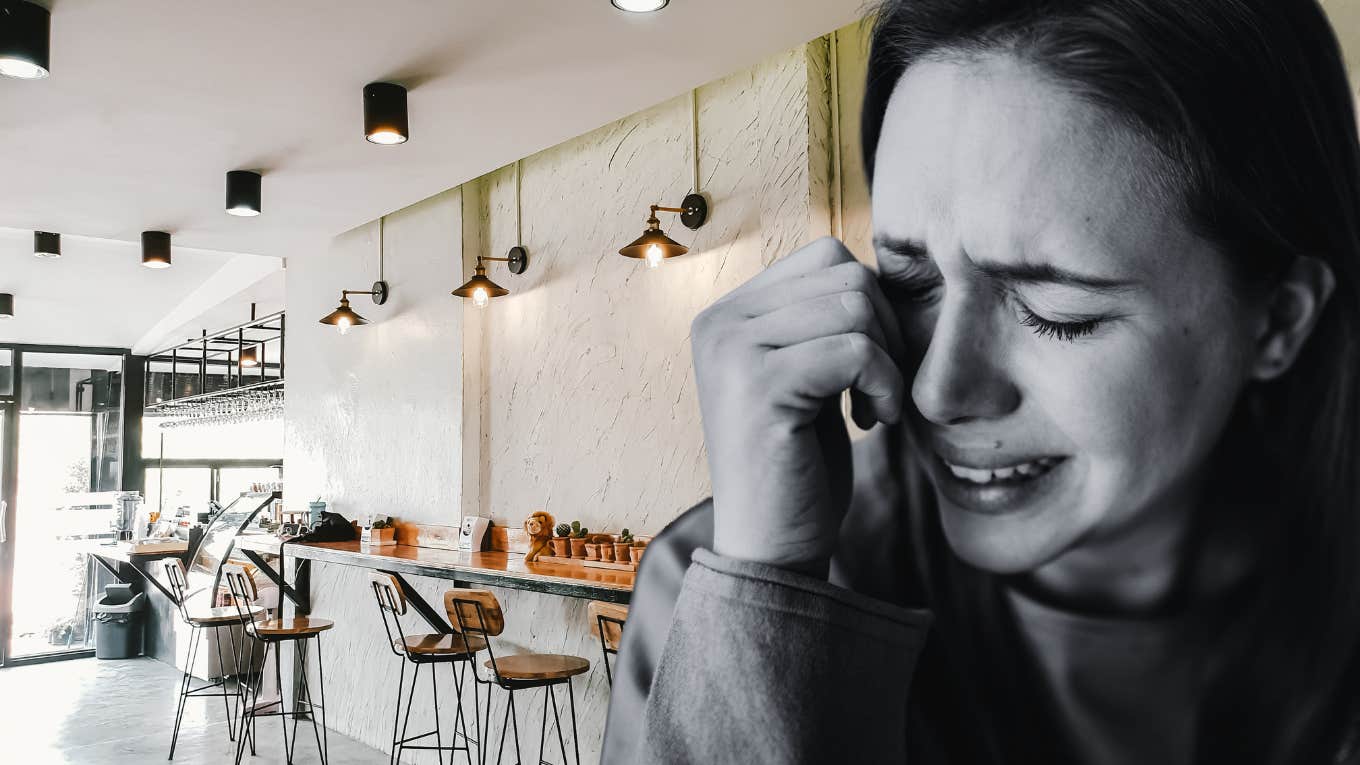A newly published study by economists from the University of Essex and University of Chicago is the latest to demonstrate that our ongoing post-pandemic work-from-home culture is stifling innovation.
“Innovation often occurs through random, spontaneous ‘watercooler’ interactions between employees,” lead researcher Dr. Christoph Siemroth wrote. “Such ‘productive accidents’ are less likely to occur when all employees work from home. . . . We find that innovation suffers during remote work.”
But I think I speak for a majority of working people when I say, phooey! Innovation is a problem for wealthy business owners, not their employees.
Until now, I would have fought tooth and nail to dodge any return to my florescent, particle-board prison.
Working from home might seem like a dream. But it both inhibits innovation and creativity as well as poses untold stress on bodies more accustomed to toiling in traditional offices. Pol Sol̩ Рstock.adobe.com
Like millions of other Americans, I left the office to work from home full time two years ago. The freedom was amazing. Not only did my hour and a half round-trip subway commute vanish, I was now free to be comfortable. I could luxuriate in a state of undress. I could email from a resort daybed. I could toil efficiently, without distracting conversations from bothersome coworkers.
At first, I made a half-hearted attempt to set up a home office — but it went unused. Call me a snob, but nothing looks more out of place in the well-furnished residence than an ergonomic Aeron chair.
Then, as with any act of sustained hedonism, my indulgent work habits caught up with me.
For weeks, I had been experiencing a sharp pins-and-needles sensation emanating from my right shoulder and traveling down to my fingertips. Last week, I finally dragged myself into my physiotherapist’s office, where after a short interview, he wasn’t surprised by my condition.
Some 30 million American worked at home during the height of the COVID pandemic. Today, nearly one-third of all workers are still at home. Tamani C/peopleimages.com – stock.adobe.com
“What does your work station look like?” was his first question. I had to admit that it was my deep leather couch, and as often my bed. “The guy that was in before you has the same injury,” he said.
X-rays proved his prognosis. I was diagnosed with “disc and uncovertebral joint disease,” which my doctor kindly translated to “wear and tear” from hunching over my laptop. The doctor’s orders: get back to the office or face the surgeon’s knife before I’m 40. A large portion of the American workforce will likely share my fate.
From the start of the pandemic through 2021, the number of people primarily working at home rose from 9 million to almost 28 million, according to the US Census Bureau. But the latest statistics shows that despite demands from employers, the fabled “return to the office” simply isn’t happening.
“The share of employed people who spent time working at home on days worked was about the same in 2023 (35%) as in 2022 (34%),” according to a federal Bureau of Labor Statistics survey published at the end of June.
That figure is the roughly the same right now as it was a few years back just after the end of the COVID crisis. Jo Ann Snover – stock.adobe.com
It’s a dangerous situation for workers and employers alike, because, while the highly regulated office environment is one of the safest places to work, the home is ironically one of the most hazardous.
Unlike clean, open offices, where fire alarms are regularly tested and occupancy permits are issued, homes are often close spaces filled with tripping risks, pets and other perilous miscellany — not to mention inadequately supportive seating.
If your dog bites you or if you trip over your MacBook cord — and you are on the clock — that may count as a workplace injury, exposing your employer.
But your legitimate WFH injury may be impossible to prove without the eye-witness proof gained from working in a public place.
In order to lure workers back to empty office towers, developers are creating workspaces that could easily pass as luxury resorts. Pixel-Shot – stock.adobe.com
The good news is that it has never been a better time to go back to the office. With office vacancy rates at nearly 40% in New York City, it’s a buyer’s (or should I say worker’s) market.
To compete for your seat, building owners are going all out, turning their offices into plush hotel-like playpens — with spas and even pools. The miserable cubicle is fast going the way of the Blackberry.
So whether or not you give a damn about the “innovation” that lines your boss’ pockets while wage growth stagnates, head back to the office — and do it for yourself.
Home may be where the heart is, but it’s the worst and most dangerous place you could work.




